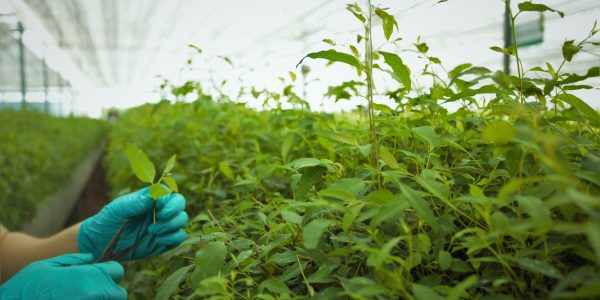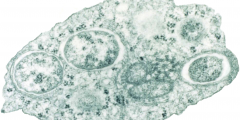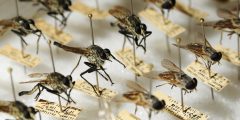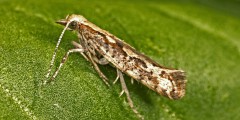Post-Brexit gene editing regulation
October 8, 2021
Some of us are old enough to remember the controversies surrounding genetically modified or engineered foods and crops that raged in Europe (which included the UK) around the turn of the millennium. Some of us are even old enough to remember debates about recombinant DNA in the seventies (for those who don’t, I recommend Matthew …
Mutant words
December 19, 2020
I was listening to the BBC Radio 4 Today programme on this sunny morning of the 19th of December when I heard the phrase ‘mutant strain’, used in reference to a new strain of the SARS-CoV-2 virus which is apparently spreading in the South East. My ears twitched of course, as they did with ‘mutant …
The microbe/gene drive communication confusion
September 27, 2019
Last week I wrote a post about how genetic modification and/or gene drive are used when managing disease transmitting insects. I want to come back to this topic today and talk about another difference, which, yet again, confused me. I hope that these efforts of disentangling stuff also help other people trying to understand and …
The GM/gene drive communication confusion
September 20, 2019
The other day, I was at the airport waiting for a plane back to the UK, when I noticed on twitter that there was some kerfuffle going on about a field trial in Brazil intended to eliminate disease carrying mosquitoes, which had had, it seems, some unintended consequences (see study). Here is a short summary: …
Genome editing in the news: Trying to keep up
August 3, 2018
Gene/genome editing has been much in the news recently and it is becoming increasingly difficult to stay on top of new developments. The last two weeks alone have seen major announcements, which I shall briefly list in this blog post. This leads me to a question that has been troubling me: How does one do …
The colours of biotechnology
October 25, 2015
I have recently been musing about images used to make science public and wondered what images are out there for synthetic biology. I knew that in the past cloning was visually represented by ‘Dolly the sheep’ or ‘armies of little Hitlers’, nano found its visual incarnation in nanobots and fantastic voyage, but what images would …
Who is responsible for GM moths?
July 23, 2015
This is a joint post with Sarah Hartley, Making Science Public Research Fellow What is the role of the public in science? Should public concerns about scientific innovation be taken into account when regulating new technologies? Are some types of concerns more valid than others? These are fundamental questions about the governance of innovation, and the answers …
Expertise and the changing nature of universities: Reflections on a recent European Ombudsman ruling
June 15, 2015
A recent ruling by the European Ombudsman highlights the effects of the changing nature of the university on the use of expertise in science governance and policy-making more broadly. The Ombudsman recognises universities are developing closer ties with industry and becoming commercial entities in research production and commercialisation of results. She argues that traditional notions …










